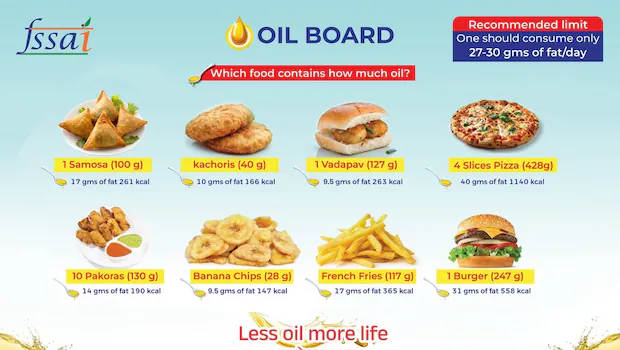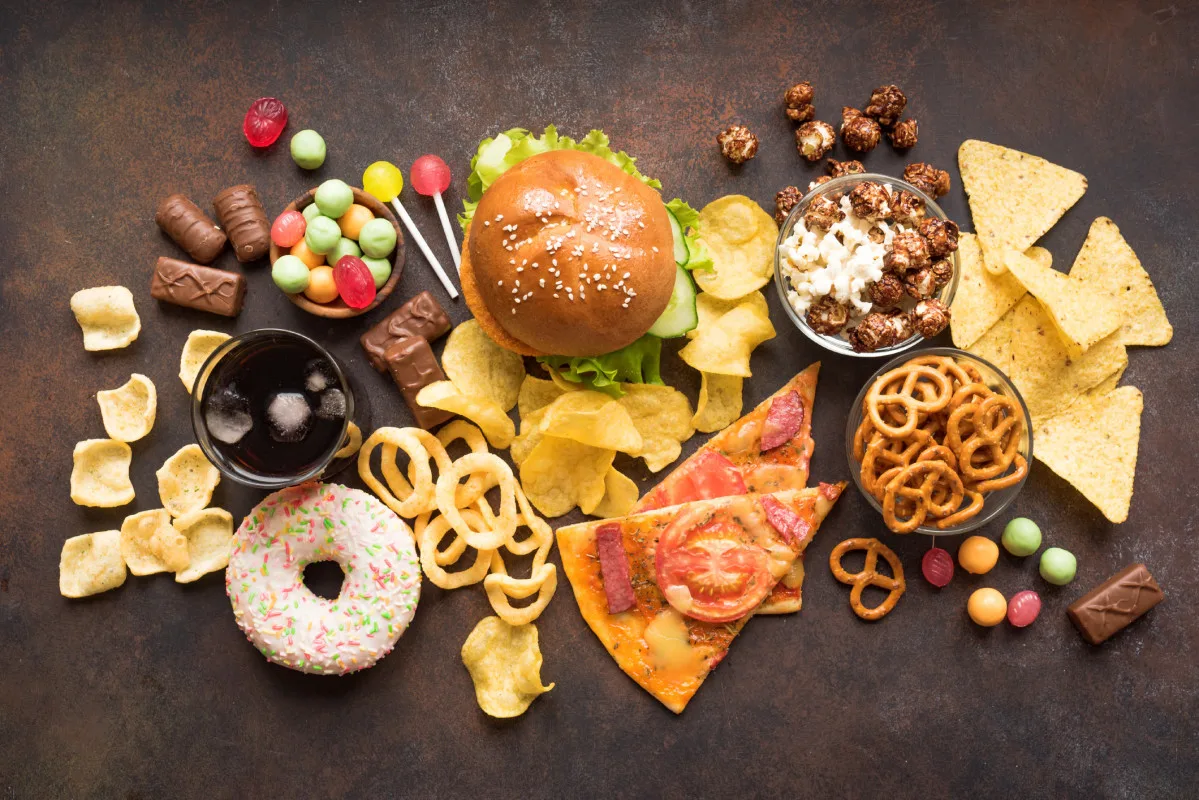Lactose intolerant? Here’s how to eat safely.
- ByBhawana Ojha
- 30 Jul, 2025
- 0 Comments
- 2

Lactose intolerance is caused by reduced production of the enzyme lactase, making it hard to digest lactose—the sugar in dairy—often resulting in bloating, cramps, gas, nausea, or diarrhea 30–120 minutes post-consumption Globally, around 65–80% of adults experience some degree of intolerance, with rates especially high among South Asian populations.
But complete dairy avoidance is rarely necessary. Most people with lactose intolerance can tolerate up to 12 grams of lactose per meal a level roughly found in a glass of milk particularly when consumed with other foods. Fermented or aged dairy like yogurt, kefir, or hard cheeses often contain much lower lactose levels and are easier to digest.
Low-lactose or lactose-free products—such as treated milk, certain cheeses and ice creams along with lactase enzyme supplements, allow many to enjoy dairy without discomfort while maintaining crucial nutrients like calcium and vitamin D.
Excluding dairy entirely, especially in populations like India where it's a major source of protein and micronutrients, can risk bone density loss and nutritional deficiencies. Nutritional guidelines therefore encourage personalized tolerance testing, reading food labels carefully, and choosing alternatives like plant-based milks when needed.
Post a comment
CBSE now mandates 'Oil Boards' in schools to promote healthier...
- 18 Jul, 2025
- 2
The correct way to drink water from a copper bottle!
- 03 Aug, 2025
- 2
Dates for Diabetics : Yes or No? here's the scoop
- 28 Jul, 2025
- 2
Your 30s Matter More For Bone Strength
- 28 Jul, 2025
- 2
Not all processed foods are bad… but are you eating...
- 06 Sep, 2025
- 2
Categories
Recent News
Daily Newsletter
Get all the top stories from Blogs to keep track.

















